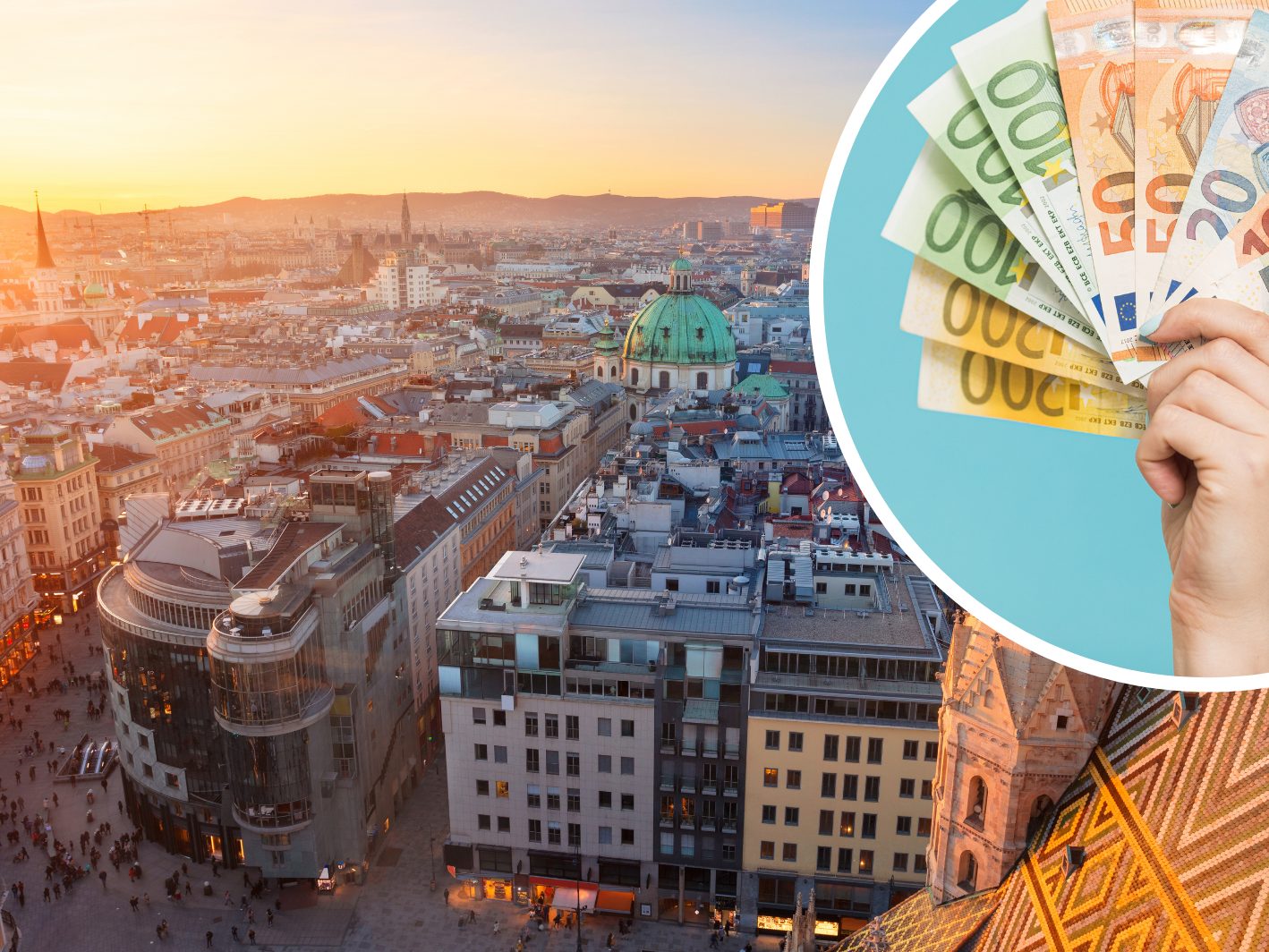Public Advertising Expenditure Rises Sharply: Vienna is the Leader

In total, the federal government, states, or chambers spent 417.9 million euros last year, which is about 225 million euros more. This is shown by the current media transparency data from KommAustria. The increase is due to a stricter media transparency law. Now, expenditures to non-periodical media must also be reported. A "trivial limit" is a thing of the past.
The then turquoise-green federal government accounted for around 34.1 million euros (2023: 21.1 million euros), with the Ministry of Climate Protection, Environment, and Energy being responsible for by far the largest share with about 9.1 million euros (2023: 5.5 million euros). The Ministry of Defense spent approximately 5.5 million euros (2023: 4.1 million euros).
City of Vienna particularly advertising-friendly
The City of Vienna, with advertising expenditures of about 23.9 million euros (2023: 18.5 million euros), reached similar dimensions as the federal government. The gap to the next most spending state government, Upper Austria (around 6.3 million euros), is significant.
As the data for the second half of 2024 shows, the Chamber of Commerce (Austria and state organizations) spent 11 million euros, the Chamber of Labor (including its state organizations) 3.6 million euros. Agrarmarkt Austria Marketing spent about 7.5 million euros, Linz AG around 6 million euros, Austrian Post approximately 5.7 million euros, and Wien Energie about 4.8 million euros. The ORF spent about 4.5 million euros on advertising measures.
ORF at the top of advertising recipients
The ORF also appears in the transparency data as an advertising recipient. With about 15.3 million euros, it was at the top in the second half of the year. It was followed by the Gewista advertising company, which specializes in outdoor advertising, with about 8.8 million euros in advertising revenue from the public sector. Outdoor advertising measures - for example, on billboards or public transport - have only been reportable since the change in the law.
Strong Cash Flows to Online Giants and Tabloids
Generous advertising funds once again flowed to international online giants. Meta (Facebook, Instagram) and Google (including YouTube) each received 8.1 million euros from July to December. Advertising bookings on TikTok also continued to increase. In the second half of the year, TikTok Technology Limited GmbH already reached around 1.1 million euros. In contrast, Spotify received a relatively modest sum of 216,000 euros.
Traditionally, public entities advertise heavily in the tabloid sector. The "Krone" (publishing and multimedia) received around 9.6 million euros in the second half of the year. "Heute" in the form of AHVV Verlags GmbH reached about 4 million euros, and the Mediengruppe Österreich GmbH ("Österreich"/"oe24") approximately 3.7 million euros.
Apart from the tabloids, the "Standard" received about 4.1 million euros, the "Kleine Zeitung" as well as the "Presse" each about 3.6 million euros, and the Kurier Zeitungsverlag und Druckerei GmbH about 3.2 million euros.
City of Vienna with Tabloid Focus
Looking at the advertising cash flows, it is evident that the Ministry of Climate Protection advertised the most with Epamedia (160,000 euros), ORF 2 (141,000 euros), and in the print version of "Heute" (125,000 euros). "Heute" (Print) topped the advertising expenses of the Ministry of Defense with 335,000 euros, followed by other tabloid titles "Österreich"/"oe24" (290,000 euros) and "Krone Bunt" (230,000 euros). A similar advertising strategy was pursued by the City of Vienna, which spent 940,000 euros on advertising in "Heute" (Print), 777,000 euros on advertising in the "Krone" (Print), and 747,000 euros on ads in "Österreich"/"oe24" (Print).
In terms of advertising categories, out-of-home advertising (posters, etc.) led with approximately 71.2 million euros in the second half of the year, but was only slightly ahead of advertising invested in print media (70.8 million euros). Online advertising stood out with around 48.9 million euros, while advertising in television (19.9 million euros) and radio (10.6 million euros) was already significantly lower.
(APA/Red)
This article has been automatically translated, read the original article here.





